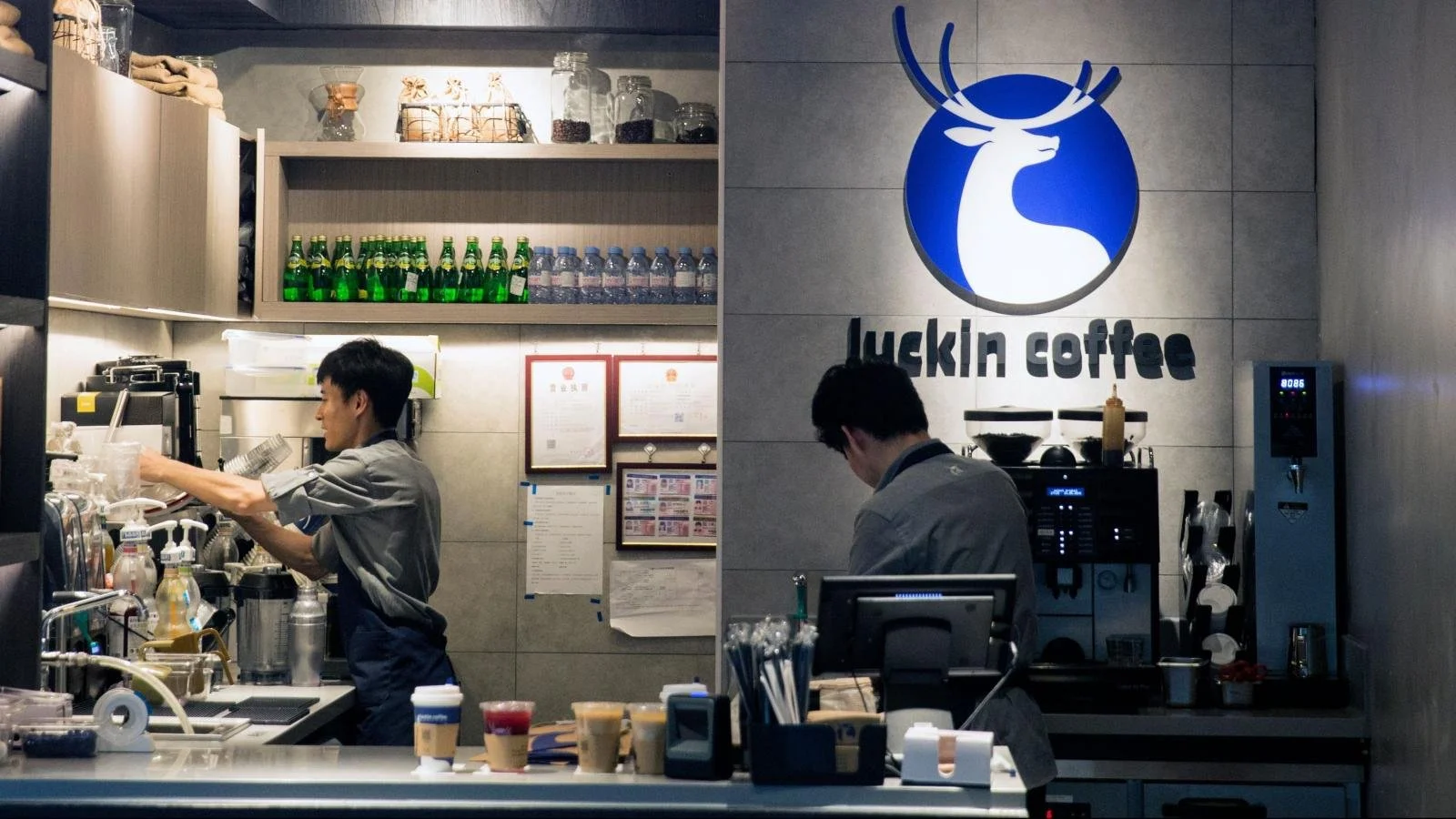How did the Coffee Culture Evolve in China?
In recent years, the scale of coffee consumption in China has been expanding year by year. Nowadays, coffee is gradually integrated into people's daily life. Coffee consumption in China is growing at a staggering 15% per year, compared to 2% in the US and 1% in Japan. The size of China's coffee market exceeded 300 billion yuan in 2020 and is expected to reach 1 trillion yuan in 2025.
The coffee industry has become the object of capital chasing. After recovering from the financial fraud, Luckin Coffee got 250 million US dollars financing. New consumer brands such as Saturnbird Coffee, Yong Pu, and SECRE Coffee are entering the market and taking their place. The brand Manner, a boutique coffee chain, and M Stand capture the old chain market. The extensive tea brand HeyTea has also invested in the boutique coffee brand Seesaw.
The Coffee Culture Switch in China
Although coffee has been famous in the West for 150 years, it has only recently appeared in China. It was not until the 1980s that the leader of instant coffee, Mars Coffee and Nescafe, entered China. Nestle bought many TV commercials, carriage ads, and print ads to make Chinese consumers more aware of coffee. Nestle instant coffee in glass cans was once one of the most favorite gifts for Chinese families. And instant coffee has become the most popular coffee category in the Chinese market.
In the late 1990s, Starbucks entered the Chinese market and people's daily lives. The popularity of freshly ground coffee has gradually increased in the past decades. However, at present, the consumer market is still a relatively large share of instant coffee, accounting for more than 60%, which is still changing rapidly.
Apart from the popularity of freshly ground coffee, since 2017, China's coffee market has expanded rapidly with new products and new business models. Retail instant coffee, ready-to-drink, specialty cafes, freshly ground coffee, convenience stores, fast-food coffee, coffee beverages are rising.
The China coffee industry is also looking for innovation from homogenized products:
Super-Instant Coffee: Founded in 2015 in Changsha, Saturnbird Coffee focuses on fine coffee. The star product is the "super-instant" coffee in a "small cup" can. The average price is about 5~10 RMB per piece, and the selling point is that it melts in any liquid at any temperature in 3 seconds and retains the maximum flavor of the coffee.
Carbonated Coffee: Nongfu Spring, one of the top brands in spring water, launched carbonated coffee, which combines the refreshing from carbonated soda and the aroma from self-roasted and self-extracted coffee liquid.
Coffee with Yogurt: The Leading Dairy Company Yili coordinated with Luckin Coffee. They co-launched the coffee-flavored yogurt with 200 mg of Arabica coffee bean extract added per 100g Yogurt. The aroma of coffee and the rich yogurt bring consumers a new taste experience.
Who Drinks Coffee?
Coffee has functional, entertainment, and social attributes all in one, which is a very promising hundred billion investment track. Within the group of the white-collar, small-town young generation, coffee shows up in different product forms, attempting to develop consumption habits. Successful coffee brands and people's consumption habits are inseparable.
According to the survey, Chinese coffee lovers are mainly white-collar workers in first-tier cities between 20 and 40, mainly with a bachelor's degree or above and a high-income level. Among them, the proportion of women among coffee lovers is nearly 60%. Overall, coffee lovers are mainly Gen Z, and the number of women is higher than men. And the proportion of students and homemakers is also higher than that of the existing consumer population.
Chinese consumers are becoming more familiar with the brands, styles, and coffee types and enjoying the pleasure it brings. Also, the popularity of office and home coffee machines has facilitated consumers' consumption of coffee beans. The coffee market will be a market of great potential in China in the future.




